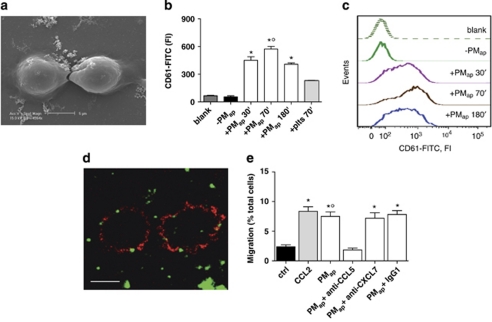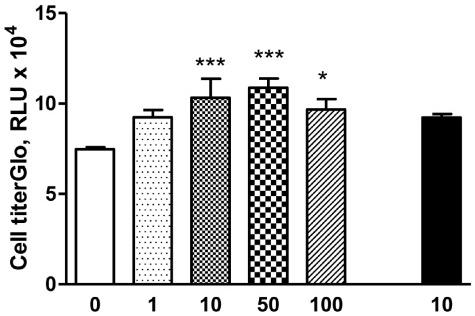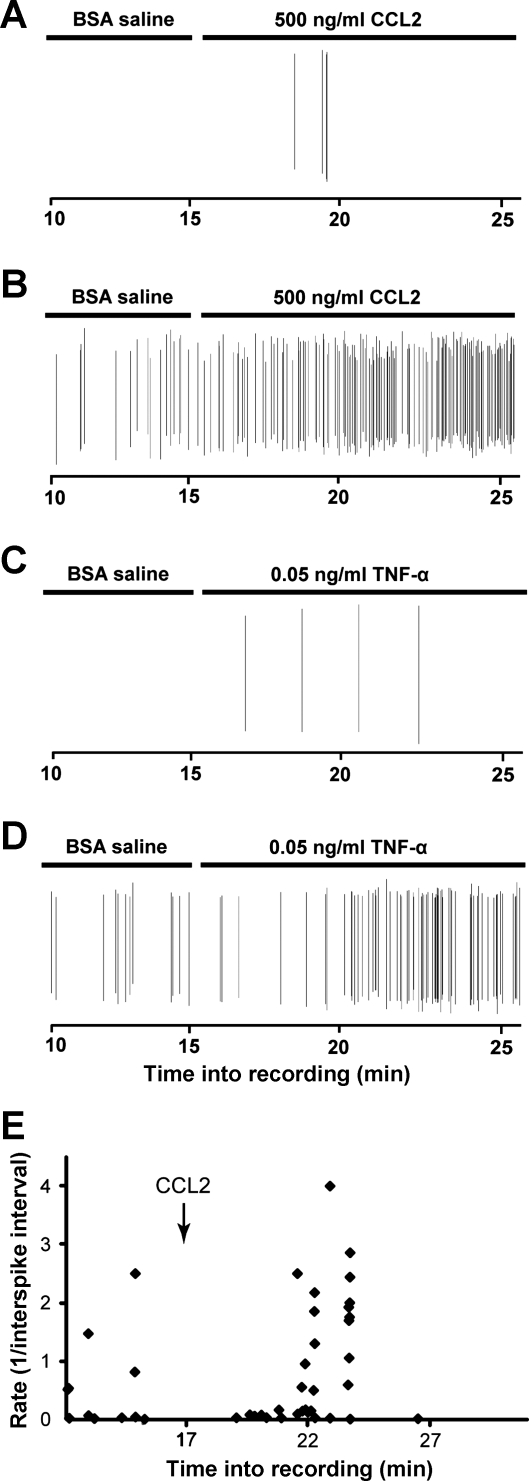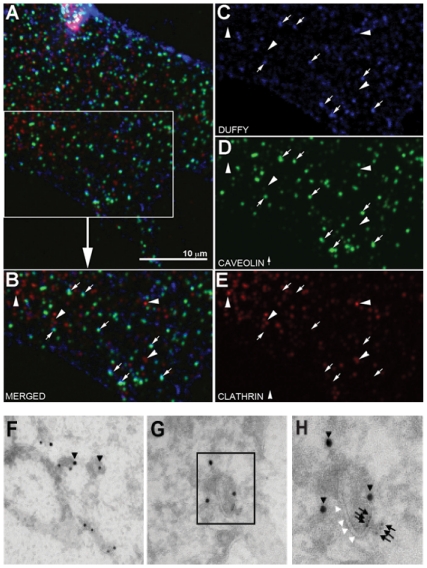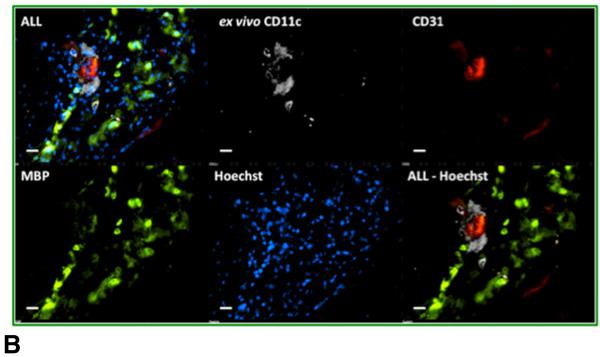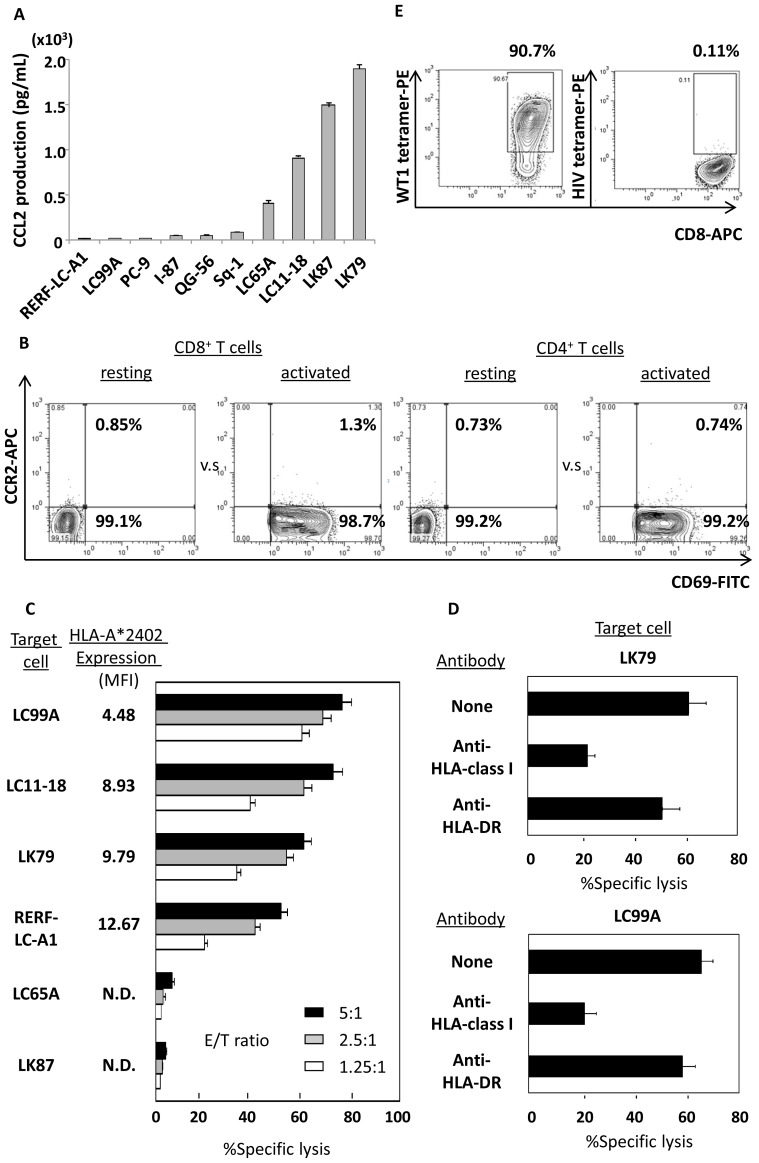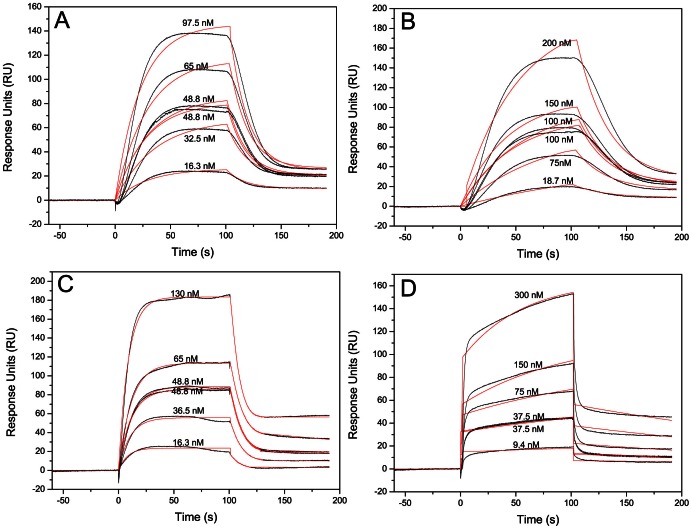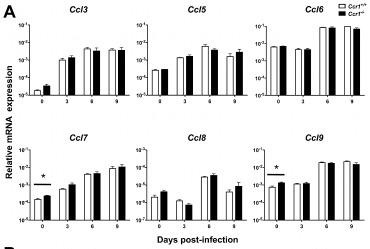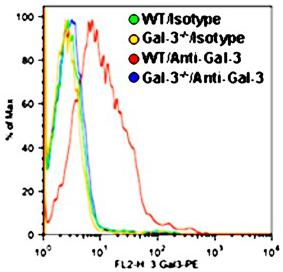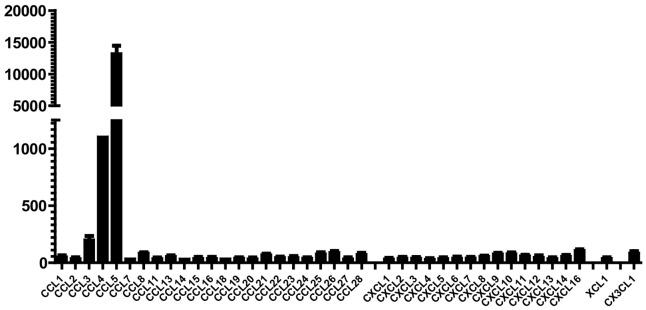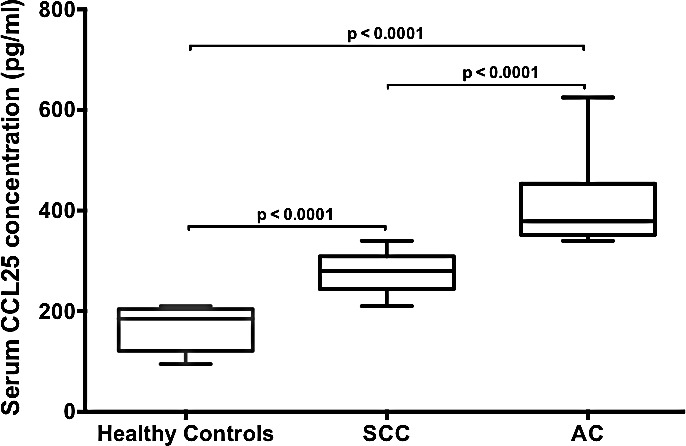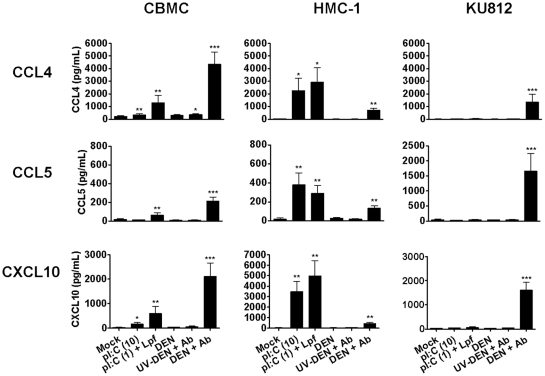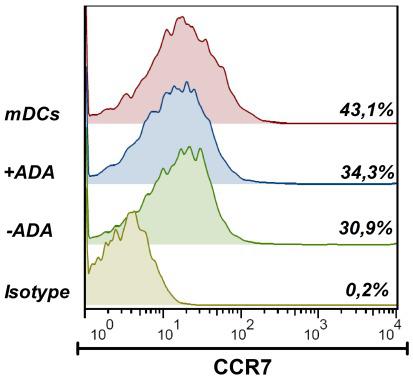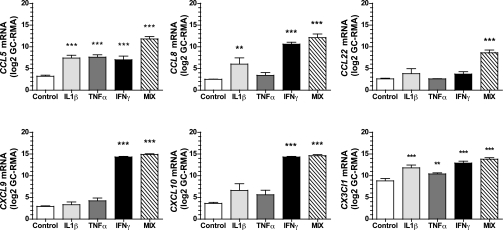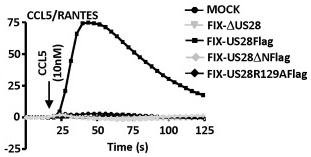Human MCP-1(CCL2) Recombinant
Categories: CCL chemokinesRecombinant Human Cytokines$70.00 – $2,700.00
Description
Accession
P13500
Source
Optimized DNA sequence encoding HumanMCP-1(CCL2) mature chain was expressed in Escherichia Coli.
Molecular weight
Human MCP-1, generated by the proteolytic removal of the signal peptide and propeptide and has a calculated molecular mass of approximately9 kDa. RecombinantMCP-1 is a monomeric protein consisting of amino acid residue subunits and migrates as an approximately9 kDa protein under non-reducing conditions and reducing conditions in SDS-PAGE.
Purity
>98%, as determined by SDS-PAGE and HPLC
Biological Activity
Determined by its ability to chemoattract human monocytes using a concentration range of.0-40.0 ng/ml.
Protein Sequence
MKVSAALLCL LLIAATFIPQ GLAQPDAINA PVTCCYNFTN RKISVQRLAS YRRITSSKCP KEAVIFKTIV AKEICADPKQ KWVQDSMDHL DKQTQTPKT
Endotoxin
Endotoxin content was assayed using a LAL gel clot method. Endotoxin level was found to be less than.1 ng/µg(1EU/µg).
Presentation
MCP-1was lyophilized from PBS pH.4.
Reconstitution
A quick spin of the vial followed by reconstitution in distilled water to a concentration not less than.1 mg/mL. This solution can then be diluted into other buffers.
Storage
This cytokine can be stored in working aliquots at° -° C for one month, or at -20° C for six months, with a carrier protein without detectable loss of activity. Avoid repeated freeze/thaw cycles.
Usage
This cytokine product is for research purposes only.It may not be used for therapeutics or diagnostic purposes.
Interactor
P32246
Interactor
P41597
Interactor
P41597
Interactor
P51681
Interactor
Q9NPB9
Biological Process
Biological Process
Molecular function
Methods
Chemokine (C-C motif) receptor 2 (CCR2) ligand promotes proliferation of human and murine blood fibrocytes.
- Human blood fibrocytes were stimulated with human chemokine (C-C motif) ligand 2 (hCCL2) or platelet-derived growth factor -AB and murine blood fibrocytes (pooled blood from n = 10 mice) were stimulated with mCCL2, mCCL12 or PDGF-AB.
A–D: typical responses of neuritis-treated C-fiber axons to CCL2 and TNF-α application (A: CCL2 silent; B: CCL2 ongoing; C: TNF-α silent; D: TNF-α ongoing).
- E: interspike-interval plot for a C-fiber axon with baseline ongoing activity that shows the transient response to CCL2 application.
Duffy antigen co-localizes with caveolin-1 but not with clathrin.
- The DIH cells were stimulated with or without CCL2 100 ng/ml for 120 minutes.
Degradation of MCPs
- Recombinant human CCL2, CCL7, CCL8 and CCL13 possessing an N-terminal glutaminyl residue were dissolved in 25 mM Tris/HCl pH 7.6 at a final concentration of 10 µg/ml.
- MCPs were either pre-incubated with recombinant human QC (0.6 µg/mlet al, 1-76) was either pre-incubated with recombinant human QC and subsequently incubated with human plasma or incubated with human plasma without QC.
- All samples were analysed using Maldi-TOF-MS.
Cytokine and Chemokine Measurement
- TNFα, TNFβ, IFNγ, IL-10, IL-12,IL-17 (all&, ), IL-5 and MCP-1 were measured in human tonsil cell culture media using enzyme-linked immunosorbent assay (ELISA).
- Murine cytokine and chemokines were measured in infected serum or thigh homogenate using a mouse cytokine Luminex® 20-plex panel and analyzed on a Bio-Rad Bio-Plex 200 system.
- The cytokines and chemokines measured were as follows; TNFα,GMCSF, FGF, VEGF, IL-1α, IL-1β, IL-2, IL-4, IL-5, IL-6, IL-10, IL-12, IL-13, IL-17, MIP-1α, MCP-1, IFNγ, IP-10, MIG, and KC.
- For analysis, samples below the lowest level of detected were assigned a value half of the lowest measurable value.
Dendritic cells are largely perivascular indicating transmigration to CCL2 producing experimental autoimmune encephalomyelitis lesion areas.
- In all fields, CCL2 staining (green) was closely associated with myelin basic protein staining (red).
Human lung cancer cells produce variable amounts of CCL2 and show sensitivity to cytocidal activity mediated by CD8+ T cells genetically engineered to express WT1-specific TCR.
- ELISA assay revealed that 10 human lung cancer cell lines examined produced various amounts of CCL2 in the culture supernatant.
Drugs
- TMZ, SAHA and the JNK-inhibitor SP600125 were primarily dissolved in DMSO and diluted in water.
- For in vivo studies, SAHA was dissolved in DMSO/ethanol/PBS (10:5:85) and administered in a volume of 10 mL/kg.
- Human CCL2/MCP-1 monoclonal neutralizing antibody [
Cell Culture and Treatments
- In experiments investigating CXC-chemokine signaling, cells were incubated in serum-free, phenol-red free RMPI 1640 or medium'>DMEM medium for 16h prior to exposure to 3nM recombinant human (rh)-CXCL8, 100ng/ml rh-CXCL12 or 100ng/ml rh-CCL2 .
- For inhibition of chemokine signaling, cells were treated with RS102895 (CCR2 antagonist, 10nM, , ), AMD3100 (CXCR4 antagonist, 25μg/ml) or a CXCR1/2-derived pepducin (x1/2pal-i3, 300nM, , ).
- Control cells were treated with the appropriate vehicle or NT-pepducin (x1/2pal-con) sequence as required.

